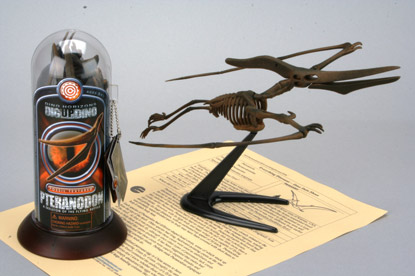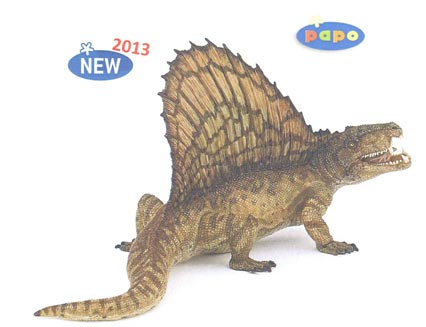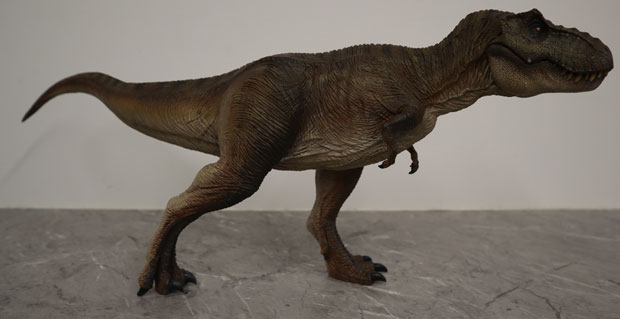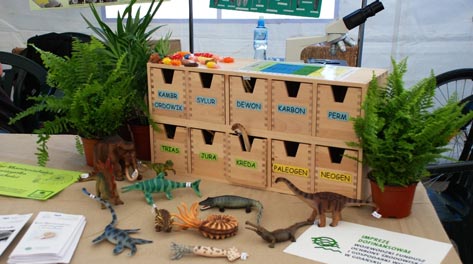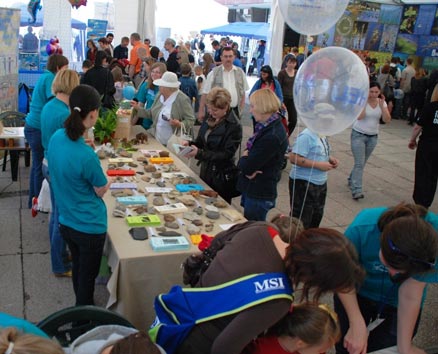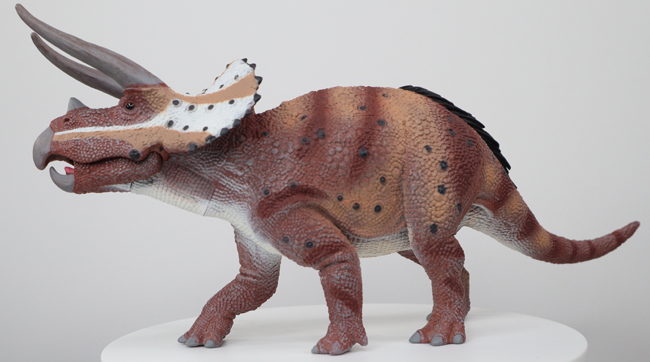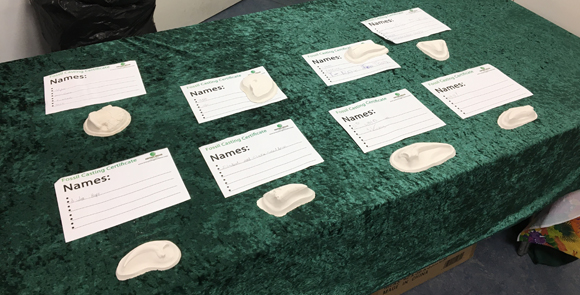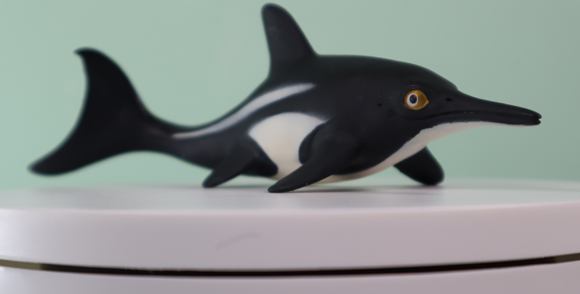A Beautiful Ultrasauros Visits Southsea Common
Huge Dinosaur Sculpture Erected at Southsea Common
A huge life-sized sculpture of a long-necked dinosaur has been erected on Southsea Common. The sculpture, its six parts transported from Serbia to Southsea in Hampshire (England) is the work of artists Heather and Ivan Morison. It represents a now no longer valid genus Ultrasauros. Dinosaur hunter Jim Jenson described an enormous brachiosaurid dinosaur which he originally named Ultrasaurus. However, the name had to be changed to Ultrasauros because the name Ultrasaurus had already been used two years earlier to describe the fossils of a smaller sauropod (long-necked dinosaur) discovered in South Korea.
Ultrasauros
For Jim Jenson, his problems with Ultrasauros did not end there. This animal was once heralded as probably one of the largest land animals of all time with an estimated length of over 30 metres. Unfortunately, the quarry in Colorado where Jenson discovered the bones is a real jumble of fossils. This site represents a log jam in an ancient river system which led to the deposition of the remains of many animals all together. One of Jenson’s giants, Ultrasauros seems to be a composite of bones from different genera. The shoulder blade is most likely from a large brachiosaurid and the ribs from a huge diplodocid dinosaur named Supersaurus (Supersaurus vivianae). Supersaurus was named and described by Jim Jenson in 1985.
The artists describe their life-size model as:
“It has big square legs, big curves, it’s simplified, almost like a toy dinosaur.”
The sculpture, named Luna Park stands 16 metres tall and measures 22 metres long. It is so tall and imposing that the statue can be seen from the Isle of Wight. This is appropriate as back in the Cretaceous the land we now know as the Isle of Wight made up part of an extensive river channel system and brachiosaurs roamed across it.
A Replica of a Brachiosaurid Dinosaur
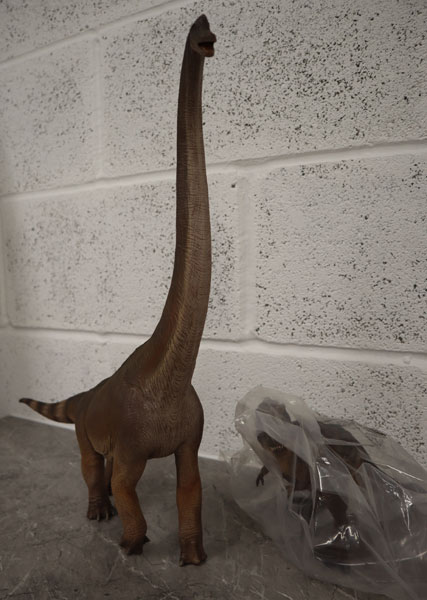
W-Dragon Giraffatitan Compared to a Papo standing T. rex dinosaur model. Picture credit: Everything Dinosaur.
Picture credit: Everything Dinosaur
The sculpture will form a focal point and shelter on Southsea Common throughout the Summer. It is due to be taken down in October, so if you have ever wanted to stand underneath a sauropod now’s your chance.
Ivan commented:
“You can sit underneath it, there’s lighting at night and it is so big that you’re in an open-sided room when you stand between its legs.”
The dinosaur has a steel frame and a polyester shell and is one of the largest exhibits of its kind ever to visit the United Kingdom.
At Everything Dinosaur, we do make models of prehistoric animals, but nothing quite on this scale. sauropods were so huge that making models of them can be difficult, for example a 1/13 th scale model of a typical brachiosaur would be over 1.5 metres long.
One of the largest models we supplied was the Diplodocus model from Safari Ltd, part of the Carnegie collection of scale model dinosaurs.
To view the Safari Ltd model range: Safari Ltd. Wild Safari Prehistoric World.


